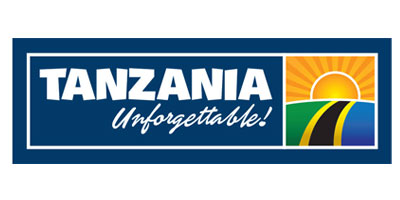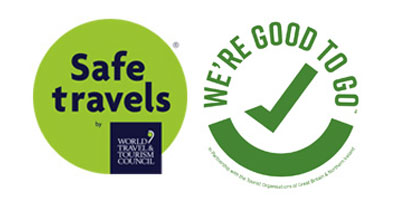- Home
- Destinations
Ruaha National Park
location:
South Central,Tanzania
Area
Covers 20,266 km²
Category
National Park
Request A Quote
happy holiday
Book Your Dream Safari Today
Unforgettable wildlife moments are just a click away.
Destination Overview:
Ruaha National Park is located in central Tanzania, covering an area of approximately 20,226 square kilometers (7,809 square miles). It is situated between the Iringa and Mbeya regions, and it is easily accessible by air from Dar es Salaam or Arusha, with the closest airport being the Ruaha Airstrip. The park is about a 10-hour drive from Dar es Salaam and offers a more remote and secluded safari experience compared to other parks in Tanzania. Its location along the Great Rift Valley escarpment makes it one of the country’s most scenic and diverse safari destinations.
Tourist Attractions:
- Wildlife: Ruaha is one of the best places in Tanzania to see large populations of elephants. The park is home to over 10,000 elephants, and during the dry season, they can often be seen gathering at waterholes in impressive numbers. In addition to elephants, Ruaha is home to a diverse range of wildlife, including lions, leopards, cheetahs, buffaloes, giraffes, zebras, and various species of antelope, including kudu, impala, and gazelle.
- Birdwatching: Ruaha is a paradise for birdwatchers, with over 570 species of birds recorded. The park’s rivers, wetlands, and woodlands attract a wide variety of birds, from colorful kingfishers and hornbills to majestic raptors like the bateleur eagle and African fish eagle. The park is especially popular for birdwatching during the wet season (November to April) when migratory species arrive.
- Great Ruaha River: The Great Ruaha River is the lifeblood of the park and a key feature of the landscape. It winds through the park, providing water to the wildlife, and is particularly scenic during the dry season, when animals gather around its banks to drink. The river is also home to crocodiles and hippos, and boat safaris along its stretches offer unique perspectives of the park’s wildlife.
- Safari Drives: Ruaha offers some of the best game drives in Tanzania. The park’s varied terrain, including open savannas, woodlands, and riverine forests, provides a rich diversity of habitats for wildlife. Game drives are often less crowded than those in more popular parks, providing a more intimate and exclusive experience. Visitors can spot a wide range of animals, including the park’s famous prides of lions and cheetahs.
- Walking Safaris: For those seeking a more immersive experience, walking safaris in Ruaha offer a unique opportunity to explore the park on foot with a trained guide. This allows visitors to get closer to nature and learn about the smaller details of the ecosystem, such as tracks, plants, and birdlife. The park’s diverse terrain makes for an exciting and varied walking safari.
- Ruaha’s Remote Beauty: One of the most appealing aspects of Ruaha National Park is its remote and rugged beauty. The park is far less crowded than other Tanzanian parks, allowing visitors to experience a more peaceful and serene safari. The landscapes are spectacular, with dramatic cliffs, river valleys, and dense forests providing a picturesque backdrop for wildlife sightings.
Fun Facts and Why It Differs from Other Places:
- Massive Size: Ruaha is one of the largest national parks in Tanzania and one of the largest in Africa, making it an excellent choice for those seeking a more expansive and diverse safari experience. Despite its size, the park is relatively undiscovered by mass tourism, offering a sense of adventure and solitude that is hard to find in more visited parks.
- Large Predator Populations: The park is renowned for its healthy populations of predators, particularly lions. It has one of the highest densities of lions in Tanzania, and the chance of seeing lions hunting or resting in the shade is high. The park is also known for its cheetah sightings, especially in the open plains where they can be seen hunting or playing.
- Unique Flora: Ruaha is home to a range of unique vegetation types, including miombo woodlands, acacia forests, and grasslands. The park’s location at the junction of several ecosystems, including the East African savanna and the southern Africa region, contributes to its biodiversity and variety of plant life. This diversity also supports a wide range of herbivores and predators.
- Transitional Ecosystem: Ruaha is one of the few places where species from both Eastern and Southern Africa coexist. It sits at the junction of these two biomes, meaning it is a hotspot for both flora and fauna from both regions. Visitors may encounter animals such as the greater kudu, which is typically found in southern Africa, and the impala, more common in the east.
Best Time to Visit:
- Dry Season (June to October): The dry season is the best time to visit Ruaha, as it is easier to spot wildlife around the river and waterholes, where animals gather to drink. The weather is warm but not overly hot, and the lack of rain makes it easier to traverse the park. The dry season also offers the best game viewing, particularly for elephants and predators.
- Wet Season (November to April): The wet season brings lush green landscapes and a higher chance of bird sightings, especially migratory species. While some of the park’s roads may become impassable, the wet season is a good time for visitors who are more interested in birdwatching and enjoying the park’s more tranquil atmosphere. The rains also bring new life to the ecosystem, with many baby animals being born during this time.
- Shoulder Seasons (May and November): The months of May and November offer moderate weather conditions and fewer tourists. This is a good time to visit for those who want to avoid the peak tourist crowds and enjoy a more peaceful experience in the park.
What to See & Do
- Going on thrilling game drives to spot lions, elephants, and wild dogs.
- Exploring rugged landscapes filled with baobabs and rocky hills.
- Watching hippos and crocodiles in the Great Ruaha River.
- Spotting giraffes, zebras, and kudu on wide open plains.
- Joining guided walking safaris to track wildlife on foot.
- Birdwatching over 570 species including eagles and hornbills.
- Camping in remote fly camps for a wild, off-grid safari feel.
- Enjoying peaceful sunsets and stargazing in untouched wilderness.
Best Accommodations Found at This Place:
Ruaha Hilltop Lodge:
Situated on a hill with panoramic views over the park, Ruaha Hilltop Lodge is a comfortable and affordable option for those looking to stay near the park’s main entrance. The lodge offers chalets with great views of the surrounding wilderness, and guests can enjoy game drives and excursions into the park.
Ruaha River Lodge:
One of the most luxurious options in the park, Ruaha River Lodge offers tented accommodations along the banks of the Great Ruaha River. The lodge’s main building features a large deck where guests can enjoy a drink while overlooking the river and wildlife. It’s an excellent base for game drives, birdwatching, and walking safaris.
Jongomero Camp:
This exclusive and luxurious camp is located in the remote southern part of Ruaha National Park. It offers spacious tented suites with en-suite bathrooms, private verandas, and stunning views of the wilderness. The camp is ideal for those looking for an intimate safari experience with highly personalized service.
Mdonya Old River Camp:
Located in a more secluded part of the park, Mdonya Old River Camp is a simple and affordable option for visitors who want to experience a classic safari in Ruaha. The camp offers comfortable tented accommodation with easy access to the park's wildlife and offers game drives, walking safaris, and cultural experiences with local communitie
Tented Camps and Campsites:
For a more immersive experience, there are several smaller tented camps and campsites scattered throughout Ruaha. These camps offer a more rustic experience with basic facilities, making them perfect for adventurous travelers who want to feel closer to nature while exploring the park.
Photo Gallery:
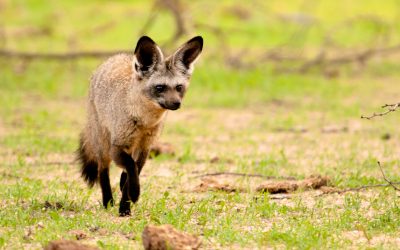
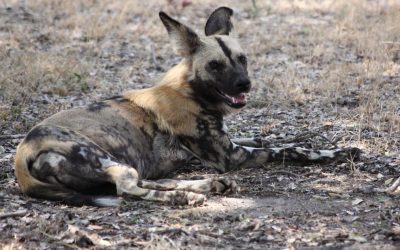
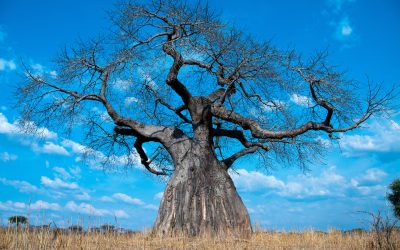
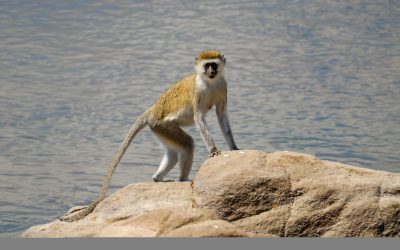
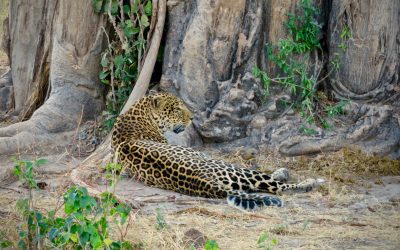
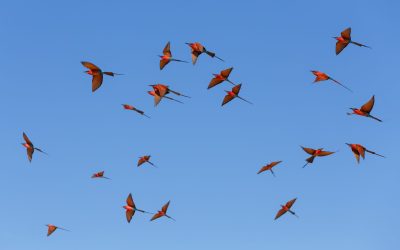
Still Have Questions? We’re Here to Help! Contact Us
Everything You Need to Know Before You Travel.
Will I have a tour guide during my trip?
Yes, most of our packages include professional local tour guides to enhance your experience.
What happens if my flight is delayed?
We understand delays happen. Please notify us as soon as possible so we can adjust your schedule accordingly.
Can I request special meals during the trip?
Absolutely. Let us know in advance about any dietary needs, and we’ll ensure your meals are customised.
Is there 24/7 customer support while traveling?
Report any loss to your guide immediately. We will assist you in contacting the relevant authorities or local services.
What payment methods do you accept?
We accept major credit cards, bank transfers, and selected online gateways. Some packages may offer installment plans.
Is my payment refundable if I cancel my trip?
Refund policies depend on the cancellation timeframe and package terms. We’ll always share clear terms upfront.
Can I change my payment method after booking?
Yes, just contact our support team to update or switch your preferred payment method.
Are there additional fees beyond the package price?
We strive for transparency. Any additional costs (e.g., optional activities or upgrades) will be clearly communicated before payment.
Do I need a visa for my trip?
Visa requirements depend on your nationality and destination. We’re happy to help with the application process if needed.
Are vaccinations required for certain destinations?
Yes, some regions may require specific vaccinations. We recommend checking with your local travel health clinic or consulting us directly.
What travel documents should I bring?
Yes, we strongly recommend travel insurance to cover emergencies, trip cancellations, and medical expenses.
Do I need travel insurance?
Of course! We can help arrange international and domestic flights as part of your travel package.
How do I book a tour package?
You can book a tour through our website, by phone, or by visiting our office. Simply choose your desired package, provide traveler details, and complete the payment to confirm your booking.
Can I reserve a tour without immediate payment?
Yes, you can make a reservation and secure your spot with a deposit. Full payment will be required closer to the departure date, as per our terms and conditions.
How far in advance should I book my trip?
We recommend booking at least 2 to 6 months in advance, especially during peak travel seasons, to ensure availability and the best rates.
Will I receive a confirmation after booking?
Absolutely. Once your booking is complete, we’ll send a confirmation email with your itinerary, payment receipt, and other important details.

